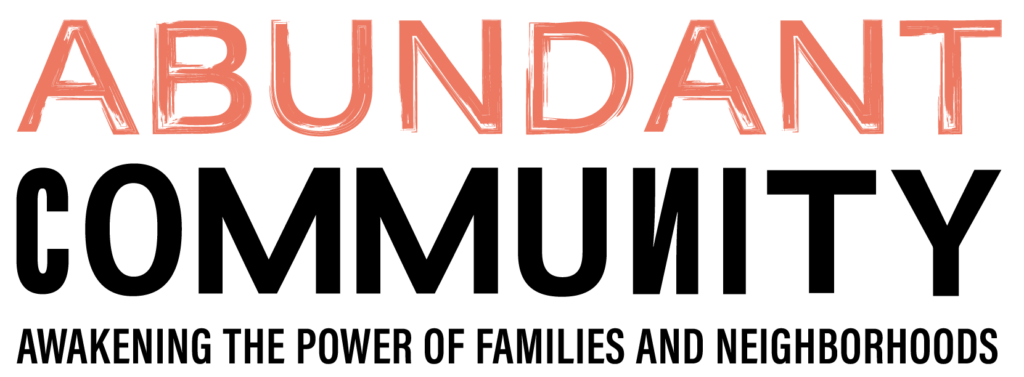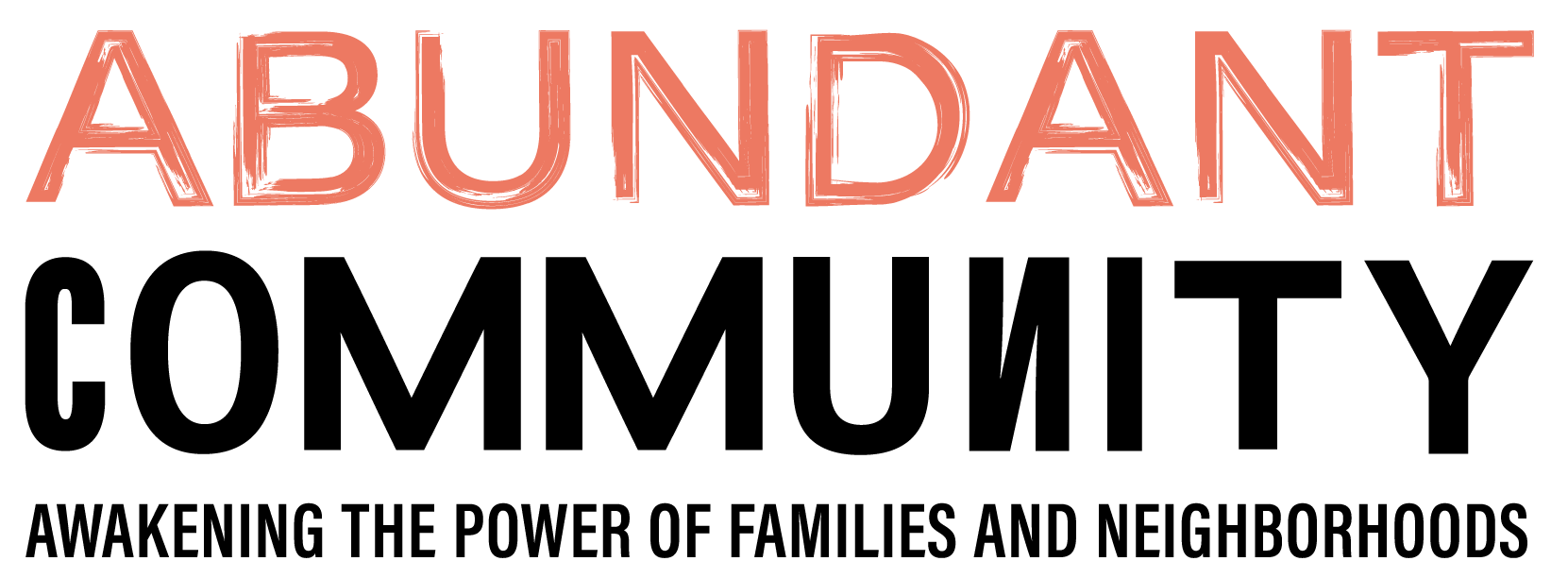It’s my understanding that, in chemistry, a precipitant is a reagent that produces a reaction of which it is not a part. It is analogous to one form of institutional action in relationship to a local neighborhood.
Most neighborhood-focused institutional actions involve introducing a substantive program that serves the interests of the institutions. Therefore, the people in the neighborhood are not involved in determining what should be done, how it should be done and who should do it. However, these three activities are critical if neighbors are to act as citizens defining and producing the future.
Determining what should be done, how it should be done and who should do it are three critical activities if neighbors are to act as citizens defining and producing the future.
There is one possibility for institutions to enable citizen action if they can be a precipitant rather than a programmatic intervener. A precipitating action would avoid defining for neighbors what should be done, how it should be done and who should do it. However, it could act to precipitate citizens performing these three actions.
Two examples of institutional precipitation are:
1. Grants to Blocks
In Savannah, Georgia, the assistant city manager sent a letter to every household in the lowest income neighborhood in the city. The letter indicated that the city appreciated the community building efforts of neighborhood people and wanted to support those efforts wherever possible. It said that if the local resident wanted to do something that would improve life on their block, the city was prepared to provide any funding that might help their effort—up to $100. The resident was asked to send a one-page letter describing what they wanted to do and to identify at least two other residents that would join in implementation.
In the first year, 85 residents sent in a letter with their proposal and all were funded. The result of sending these letters each year had a cumulative effect that clearly transformed the neighborhood.
The assistant city manager developed ways to celebrate these initiatives and he realized that the people who were signing the letters of proposal were the real leaders in the neighborhood.
This entire process is described in our publication “City-Sponsored Community Building: Savannah’s Grants for Blocks Story,” by Deborah Puntenney and Henry Moore [go to the ABCD Institute website publications page and look under “Funders” for a description and link to the Institute’s order form].
2. Idea Jam
In a neighborhood in Vancouver, Canada, a local settlement house publicized what they called an “Idea Jam.” It invited any resident in the neighborhood to come to a gathering with an idea about how the neighbors working together could make the neighborhood better. At the event, the admission fee was having an idea for neighborhood improvement. The participants came together in various groups to discuss the ideas, how they might be implemented and who would be involved. Then they formed teams to implement the initiatives.
~
In both cases, institutions precipitated significant citizen action without intervening substantively. These two examples could provide a stimulus for the identification of other institutionally precipitated actions. These kinds of actions could then be described as case studies and used in training institutions on how they might take a different approach to the support of neighborhoods.


